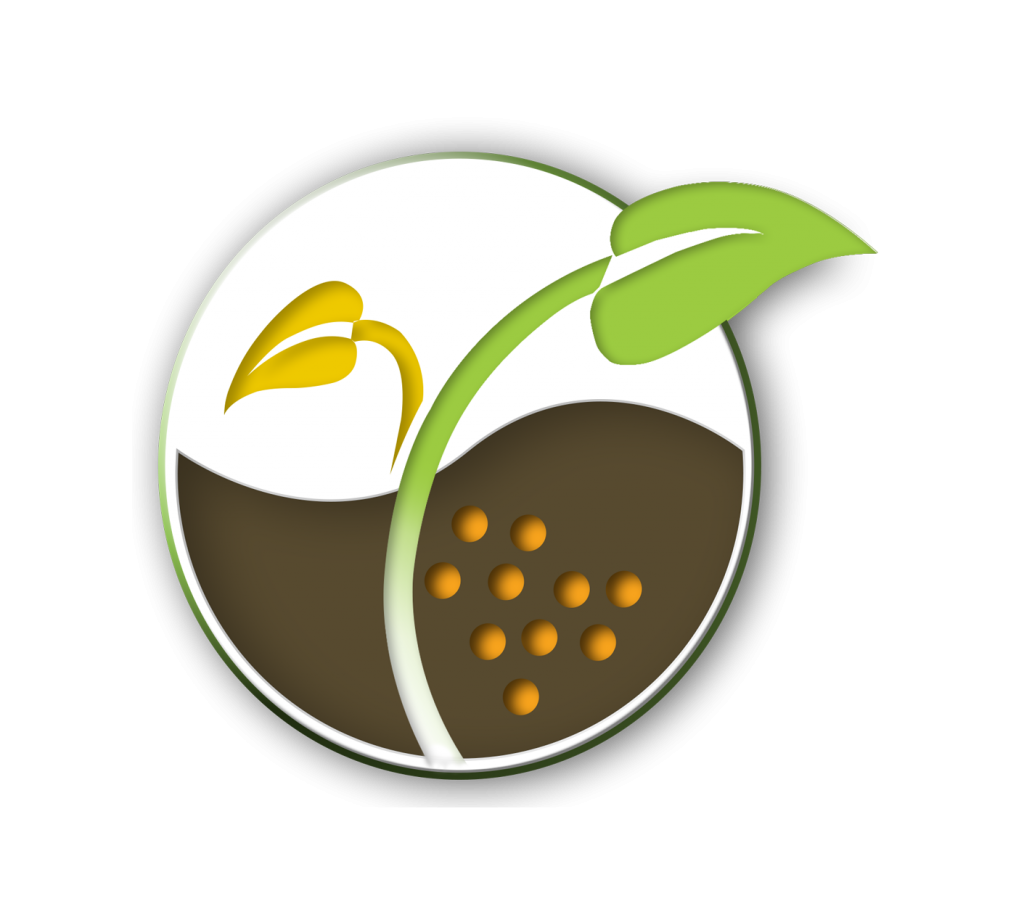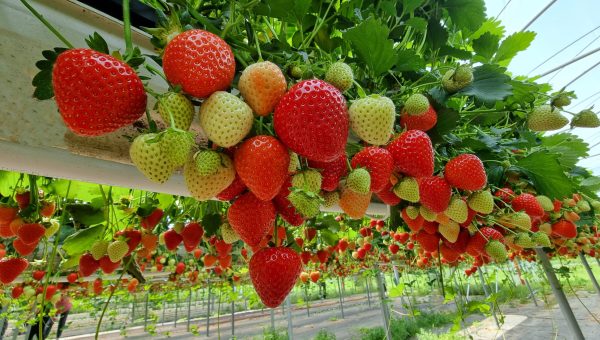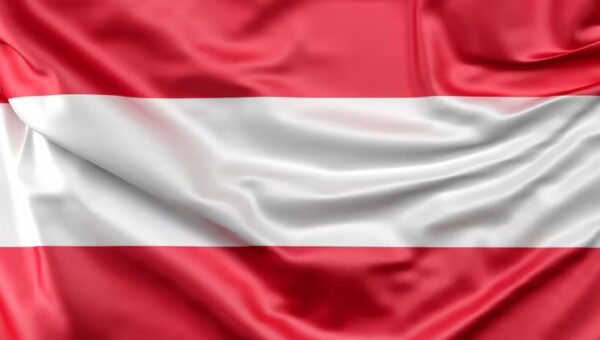Globodera spp. and potato cyst nematodes (1GLOBG)
PCN a persistent and costly threat to producers.
Did you know that an invisible pest could be reducing up to 80% of your potato crop?
The intensive use of chemical products for their control leads to the generation of residues and can alter the biological balance of the soil. Therefore, the search for efficient, sustainable and cost-effective solutions has become a priority for the agricultural sector.
1. Taxonomy and distribution of Globodera spp:
Globodera spp. a problem of global distribution.
The genus Globodera groups the cyst nematodes that represent a serious threat to potato production worldwide. The two most relevant species, Globodera pallida y Globodera rostochiensis originated in the Andes of South America, but today they are present in almost all potato-producing regions, with the sole exception of Antarctica.



Globodera pallida
Globodera pallida has been detected in 55 countries, mainly in temperate zones.

Globodera rostochiensis
Globodera rostochiensis has a wider distribution, occurring in 71 countries in temperate and tropical climates.
Its propagation is influenced by environmental factors such as: day length, temperature and altitude.

FACTORS OF PROPAGATION OF GLOBODERA SPP.
Temperature
AlTITUDE
DURATION OF THE DAY
The introduction of Globodera in Europe dates back to the 19th century, around 1850, when potato cultivars resistant to downy mildew ( Phytophthora infestans ) were imported from South America. Paradoxically, this measure to combat one potato disease facilitated the spread of another devastating pest. Since then, both species have continued to spread in Europe and other parts of the world.
Cyst nematodes of this genus are characterized by the formation of rounded cysts, which distinguishes them from other nematodes of the family Heteroderidae (Figure 1) .

edge:
class:
order:
family:
gender:
species:
SYNONYMS:
EPPO CODE:
common name:

Globodera
pallida
nEMATODA
Chromadorea
Rhabditida
Heteroderidae
Globodera
Globodera pallida
Heterodera pallida
-
-
HETDPA
Potato white potato cyst nematode

Globodera rostochiensis
nEMATODA
Chromadorea
Rhabditida
Heteroderidae
Globodera
Globodera rostochiensis
Heterodera rostochiensis
Heterodera schachtii
rostochiensis
HETDRO
Golden cyst nematode of potato



G. pallida and G. rostochiensis are very similar, making them difficult to identify. In their early stages, they can be differentiated by their color, but as they mature, they adopt a brownish hue. For accurate identification, morphometric and molecular techniques are necessary.
In addition, these two species have different pathotypes, which influences their reproductive capacity depending on the host solanaceae variety.
2. Crops Affected by Globodera spp:
Globodera spp. a pathogen that affects more than just the potato crop.
Cyst nematodes of the genus Globodera mainly affect crops of the Solanaceae family, as these plants release root exudates that activate the hatching of juveniles present in root cysts.
The most affected crop is potato (Solanum tuberosum), but other Solanaceae such as tomato (Solanum lycopersicum) and eggplant (Solanum melongena) can also be infected .



In addition, more than 130 species of Solanum spp. have been identified as potential hosts of this pest, among them:
Datura spp. Hyoscyamus spp. Lycopersicon spp. and Physalis spp.
Datura spp.
Datura spp.
Hyoscyamus spp.
Hyoscyamus spp.
Lycopersicon spp.
Lycopersicon spp.
Physalis spp.
Physalis spp.
3. Symptoms and Signs of Globodera spp. infestation.
How to detect an infection by Globodera spp.
Symptoms caused by cyst nematodes are not always easy to identify, as they can be confused with nutritional deficiencies or other soil diseases. However, some signs can alert to their presence in the crop:
1
Reduced Growth
Plant growth is reduced, presenting a slower and weaker development in general.
2
Yellowing or Chlorosis.
Leaves turn yellow or show chlorosis due to lack of chlorophyll, affecting photosynthesis.
3
Premature Wilting.
Leaves wilt and die prematurely, reducing the plant’s ability to perform its functions.
4
Downsizing
Tubers decrease in size, affecting the quantity and quality of the harvest.
5
More branched roots.
Roots branch out more, which can hinder proper development.
6
Roots with greater adhesion.
Roots adhere more strongly to the soil, which hinders nutrient absorption.
To confirm the presence of Globodera spp. in a crop, a
However, since the presence of cysts on roots is not always easily detectable with the naked eye, it is recommended to complement this evaluation with a soil analysis. For this purpose, it is advisable to take representative samples from the plot and send them to a specialized laboratory, where they will be able to identify the infestation and determine its level of severity. This will allow informed decisions to be made about the most appropriate control strategies.
4. Life cycle of the potato cyst nematode(Globodera spp.).
Know the pathogen cycle.
The life cycle of the potato cyst nematode(PCN) varies between 3 and 6 weeks, depending on factors such as temperature and soil conditions. Throughout its development, it goes through four juvenile larval stages before reaching the adult stage.
Life cycle phases:
They represent the infective stage of the nematode. They have an elongated shape and a pointed tail, with an approximate size of 500 μm.
They are activated in response to root exudates of solanaceae.
They use their stylet (18-29 μm long) to penetrate roots and migrate intracellularly to the cortex, where they establish a multinucleate feeding structure.
J2 nematodes evolve to J3 and J4 stages. Depending on their development, they will differentiate into males or females:
Males: elongated shape (1,200 μm), with a spicule on the posterior part.
Females: Spherical body of approximately 450 μm in diameter.
Fertilized females emerge from the roots, but remain attached to the feeding point.
They retain the eggs inside their body, and as they mature, their structure hardens, forming visible cysts on the roots. Each cyst may contain up to 600 viable eggs.
Juveniles (J2) within the cyst can remain viable for up to 40 years in the soil, making Globodera spp. one of the most difficult pests to eradicate from potato crops (Figure 4).

5. Disease management:
Strategies for the integrated control of Globodera spp.
Once the presence of cyst nematodes is detected in a field, the main objective is to control their populations and prevent them from reaching levels that compromise production. Since cysts can remain viable in the soil for up to 40 years, their management requires a long-term, integrated approach.
The following are the main strategies to reduce the presence of Globodera spp. and minimize their impact:
1.
Prevention Techniques:
Use certified seed potato from tested soils free of cyst nematodes.
Maintain strict hygiene measures in equipment, machinery and tools to avoid the spread of infested soil.
2. Control
cultural:
Use resistant varieties adapted to the Globodera spp. present in the area.
Carry out long crop rotations (minimum 8 years) with non-host species.
Use trap crops, which induce the hatching of juveniles without allowing them to reproduce.
Periodically monitor population density, through soil analysis, to make informed decisions.
Physical and biological methods:
Solarization and biofumigation are two effective strategies for Globodera spp. control.
Solarization. Cover the soil with transparent plastic for several weeks. This method allows the soil temperature to rise considerably.
On the other hand, biofumigation is based on the incorporation of fresh organic matter, such as remains of cruciferous crops. During their decomposition, these materials release biocidal compounds.
4. Use of
nematicides:
Application of approved nematicide products, always within an integrated management approach to avoid resistance and reduce environmental impact.
6. The biological nematicide for Globodera spp. control: RootDei Biocontrol®.
Currently, various chemical nematicides are available to farmers in the European Union to combat cyst nematodes(Globodera pallida and Globodera rostochiensis). However, the use of these products raises environmental and regulatory concerns due to the potential accumulation of residues in soil and crops, in addition to their impact on the biodiversity of the agricultural ecosystem.
For this reason, integrated nematode management is gaining importance, prioritizing the use of effective and sustainable biological solutions.
RootDei Biocontrol®: A biological and efficient alternative

RootDei Biocontrol® is a phytosanitary product registered with the active substance EU1238/2012, authorized in several countries after exhaustive tests under Good Experimental Practice (GEP) regulations, which guarantee its efficacy and safety.
In countries such as Peru (066-SENASA-PBA-ACBM), RootDei Biocontrol® has been registered as a nematicide, while in Germany (registration number 00A933-00) it is approved for the treatment of Rhizoctonia in potato under the brand name RootDei Biocontrol®. It is currently being studied for the management of nematodes in potato and tomato in the European Union.
Demonstrated efficacy in the control of Globodera spp. in potato.
Field trials and greenhouse screening tests have shown a significant reduction of nematodes in soils treated with RootDei Biocontrol®. Studies show that:
A zero-waste and environmentally friendly solution
Rootdei Biocontrol® is a key tool for farmers looking to protect their crops without compromising soil biodiversity. Its main advantages include:
✅ 0 residue: No chemical residues in the soil or crops.
✅ Protects biodiversity: Does not affect auxiliary fauna or beneficial soil microbiota.
✅ Sustainability: Effective and environmentally friendly alternative to conventional nematicides.
Cyst nematodes represent a major challenge for potato production, causing significant losses for farmers. However, T34 Biocontrol® is positioned as an innovative solution that protects the soil, productivity and farmers’ future.






